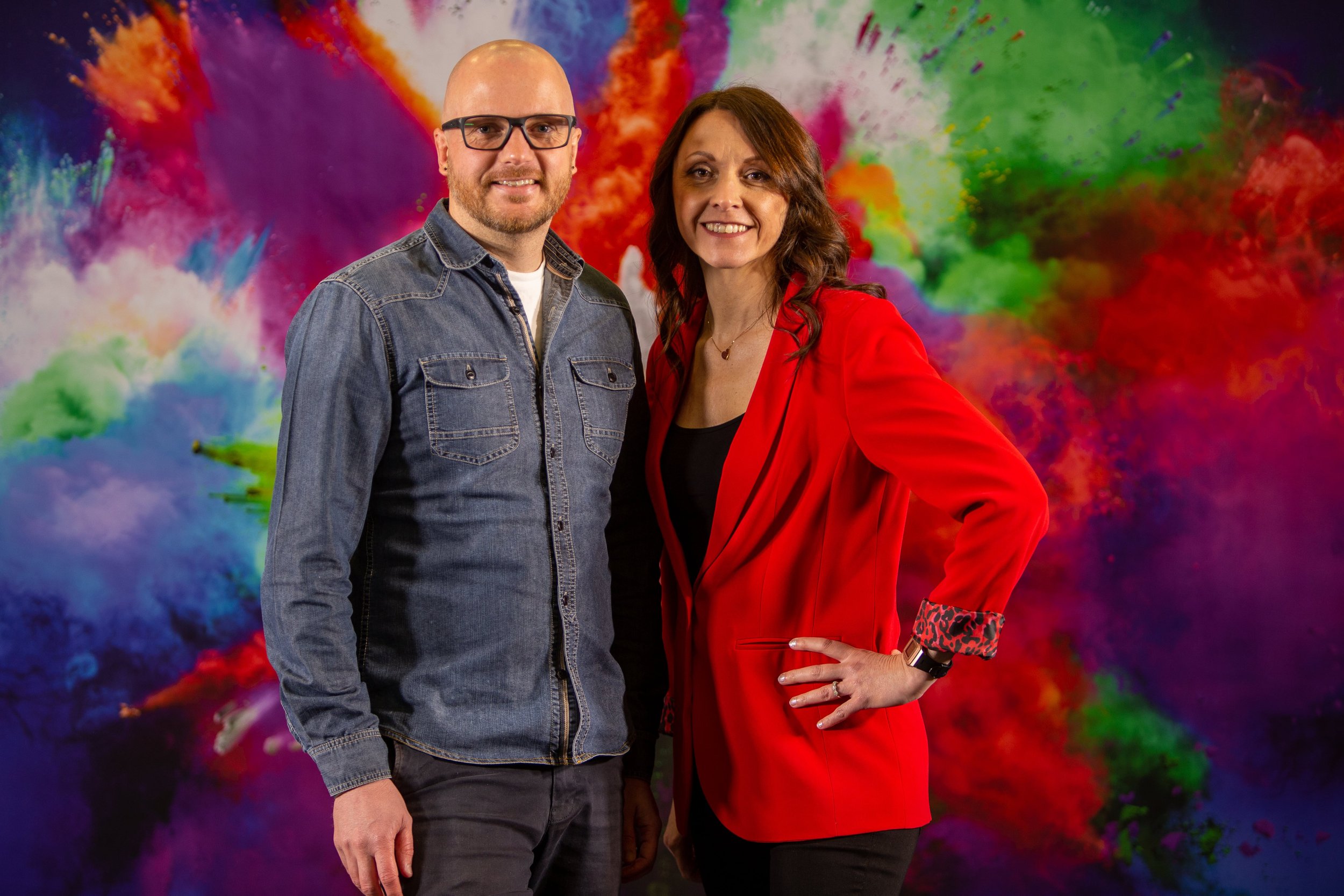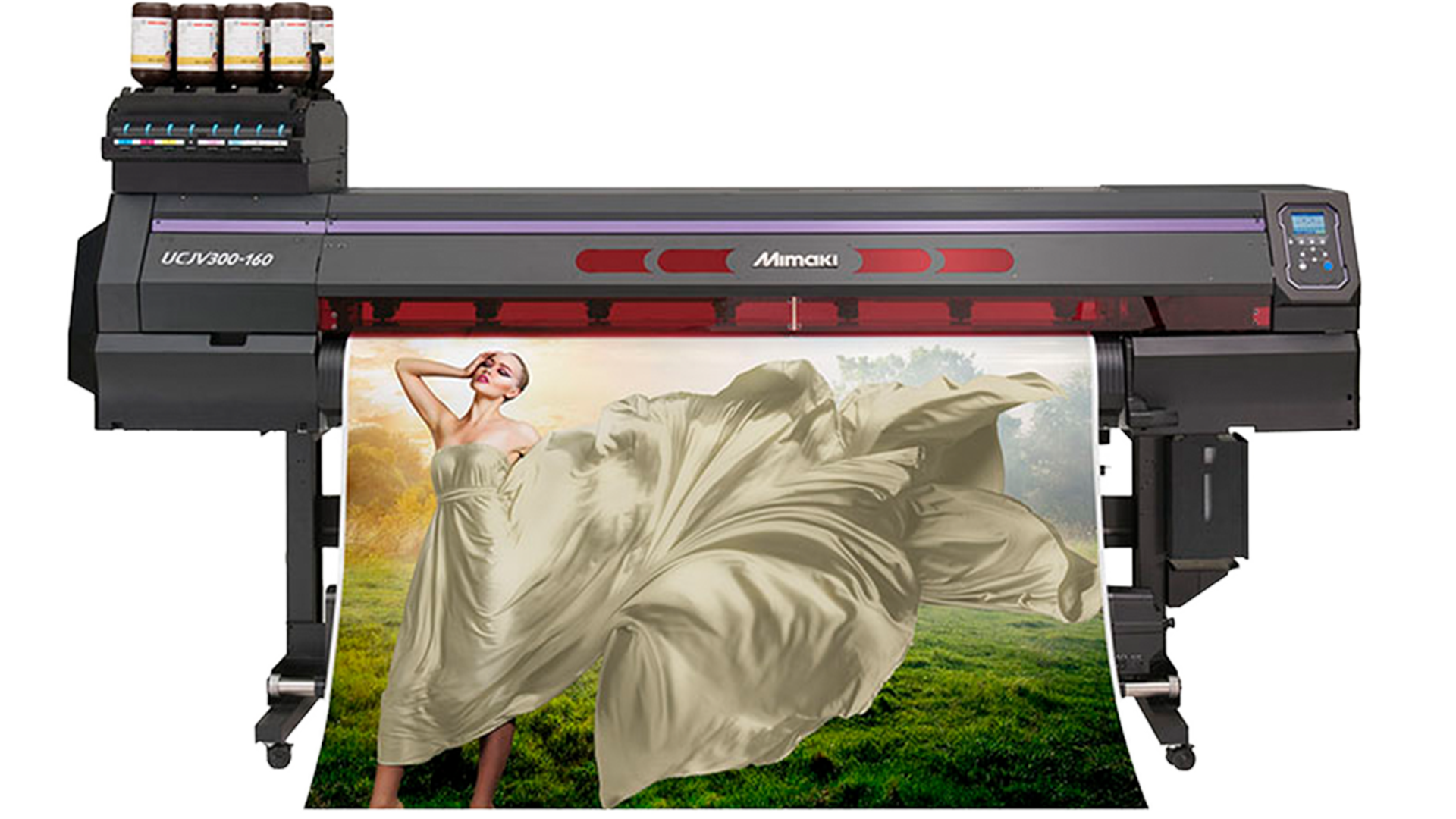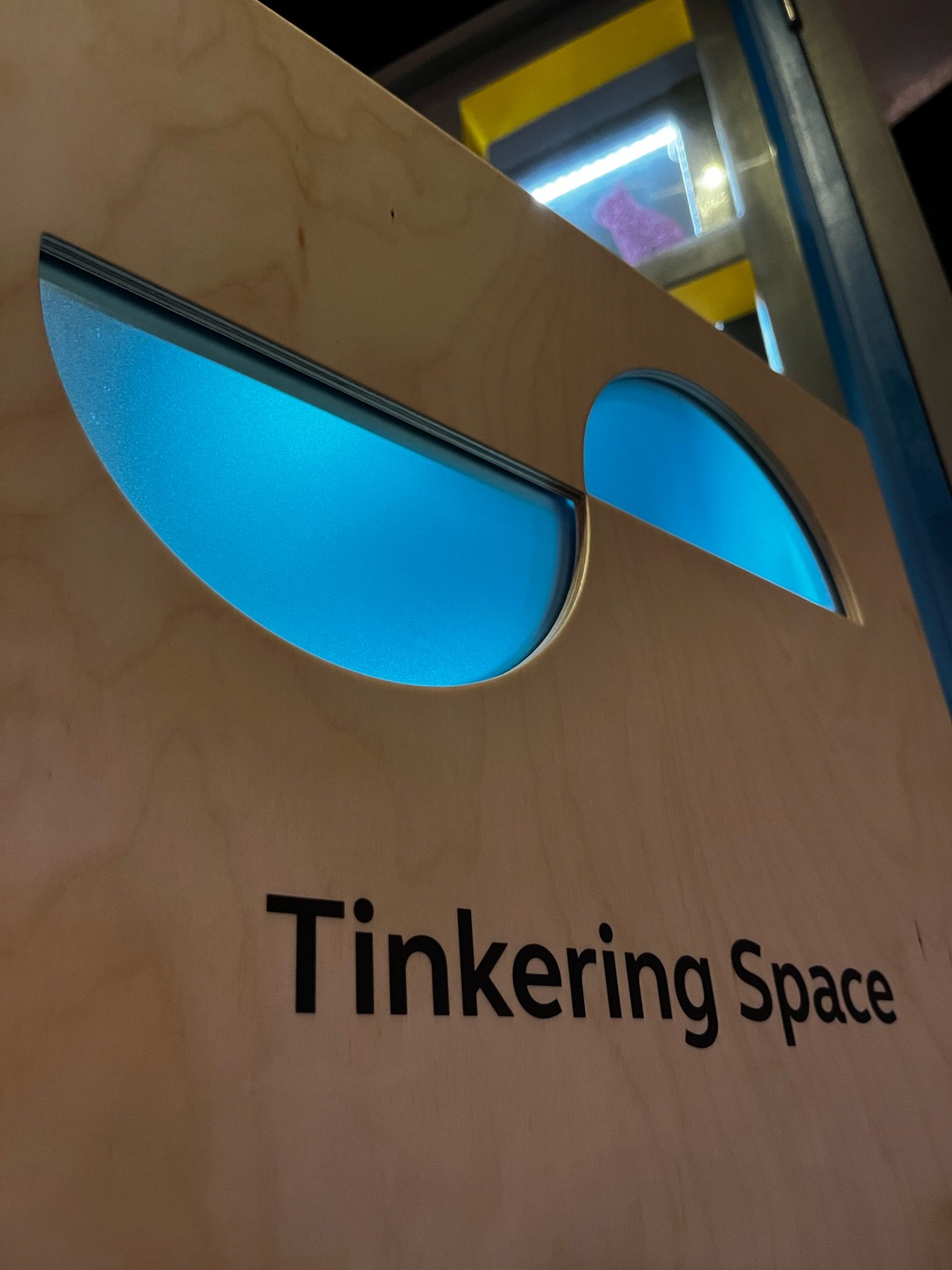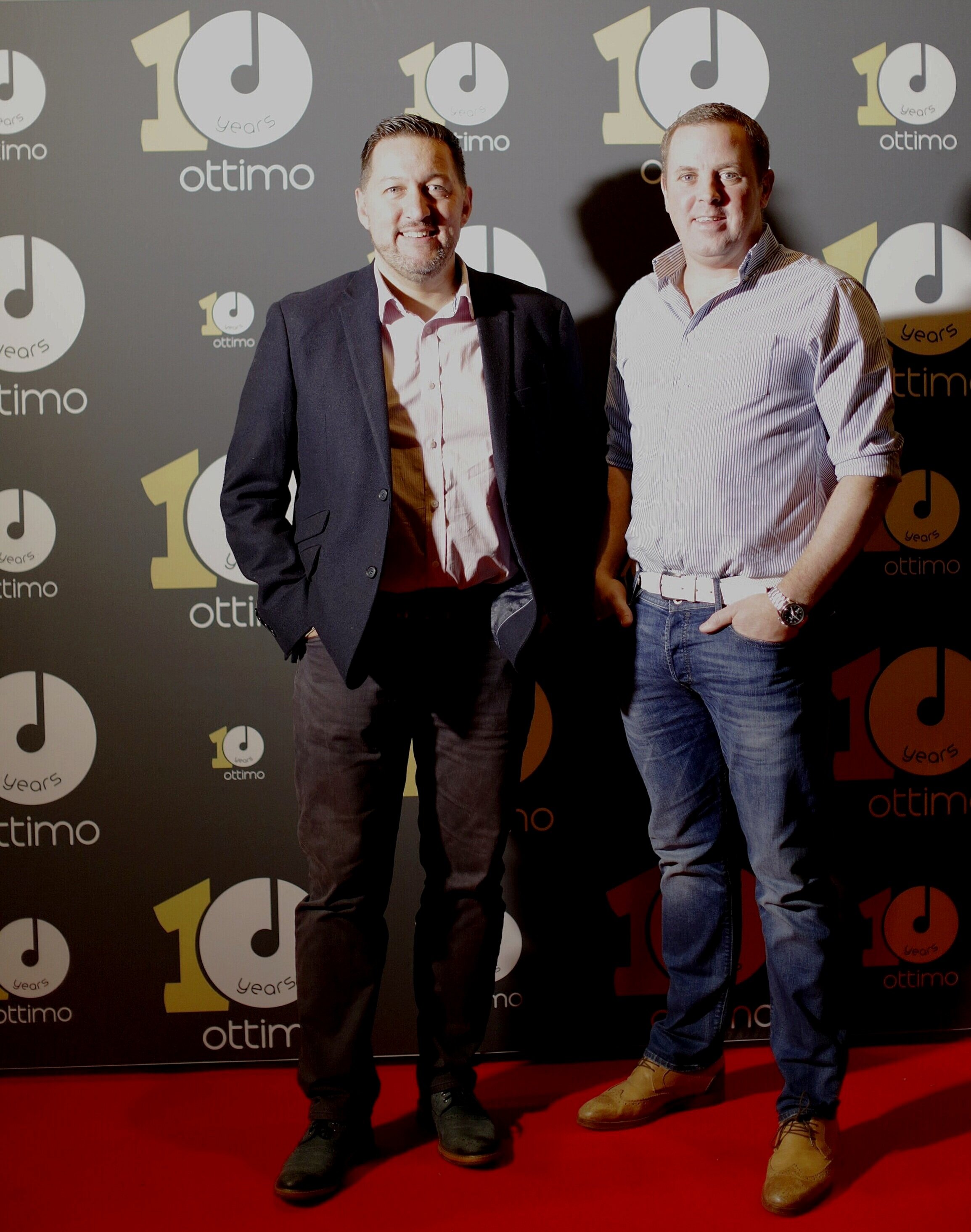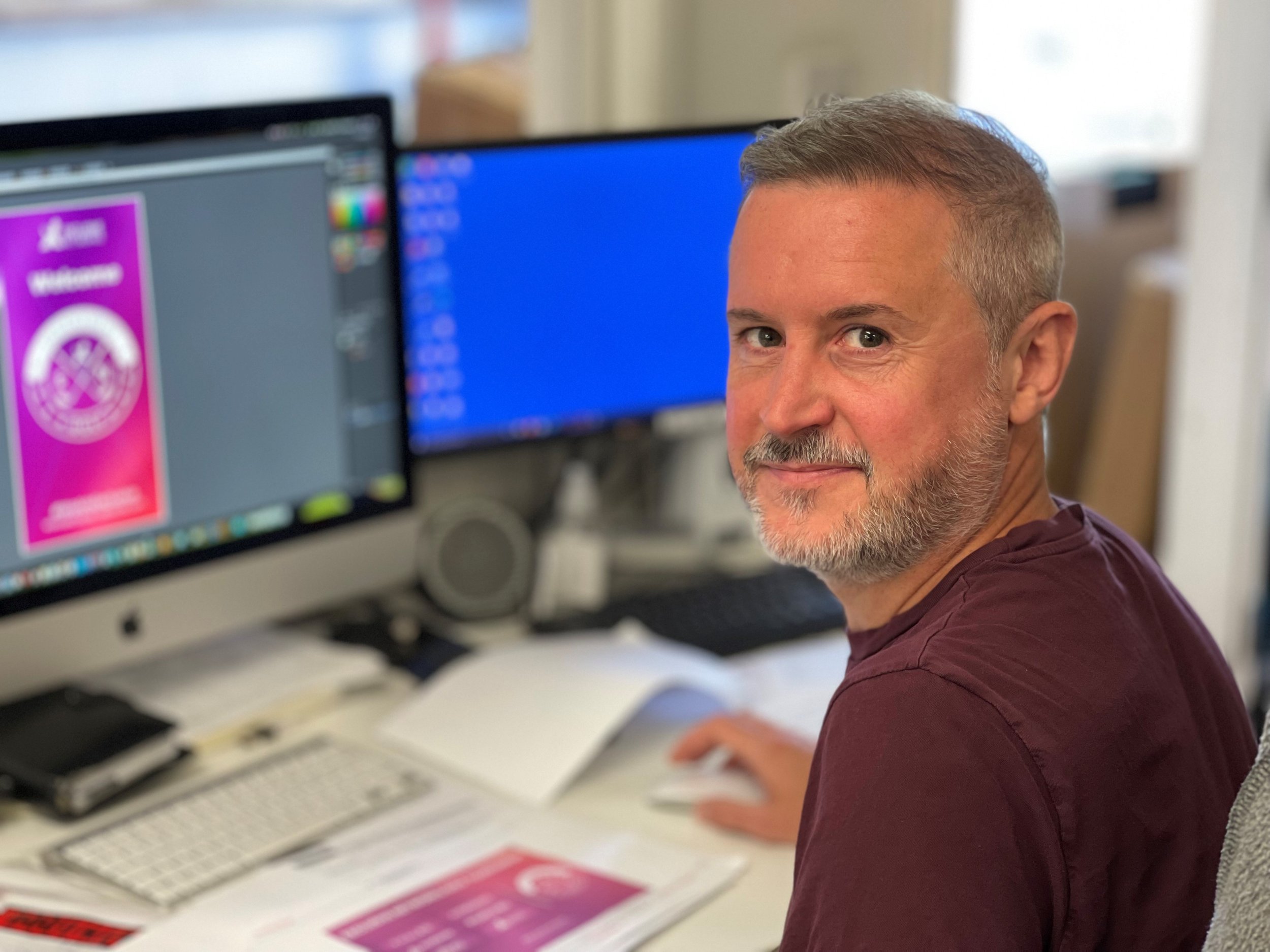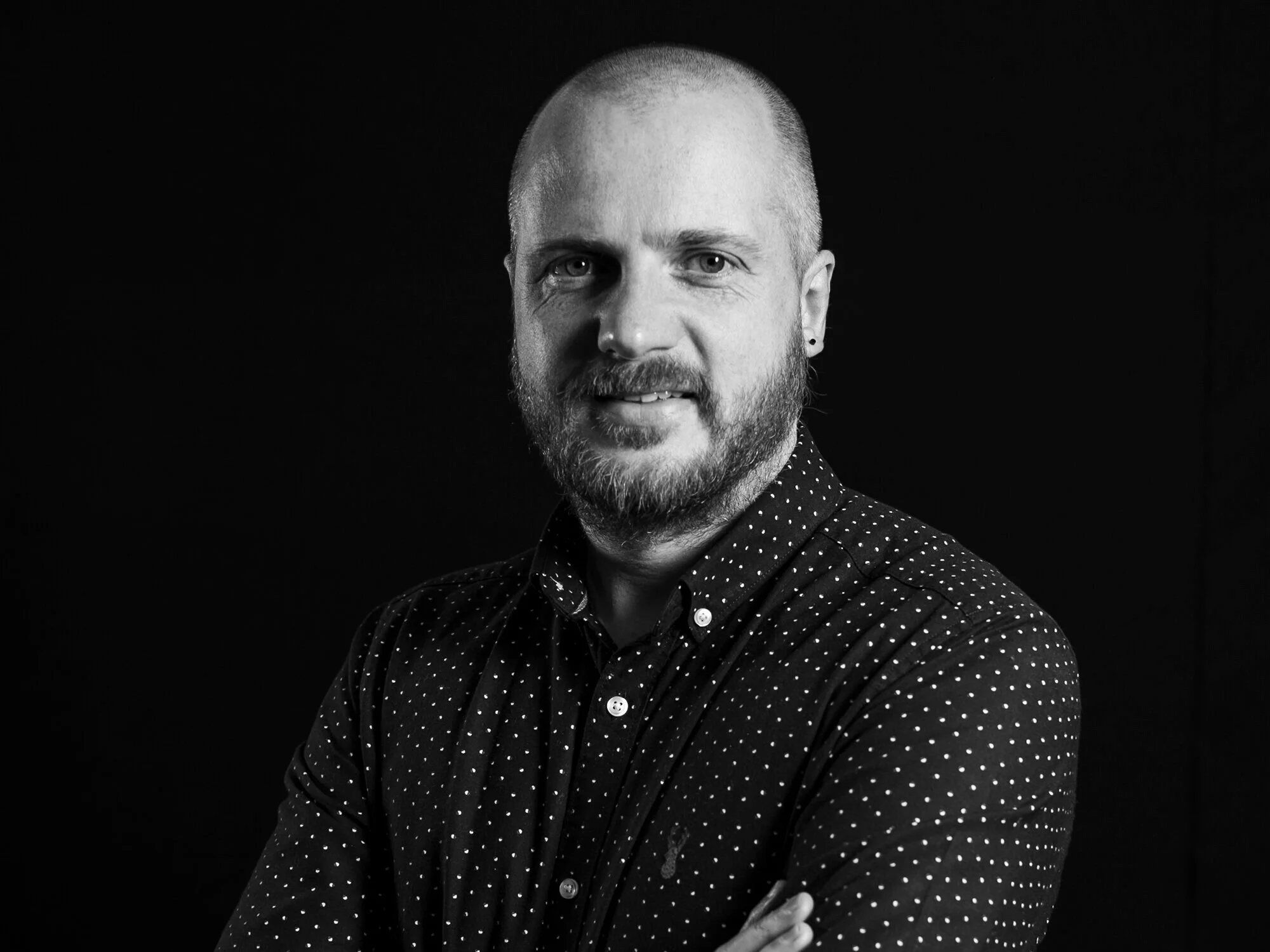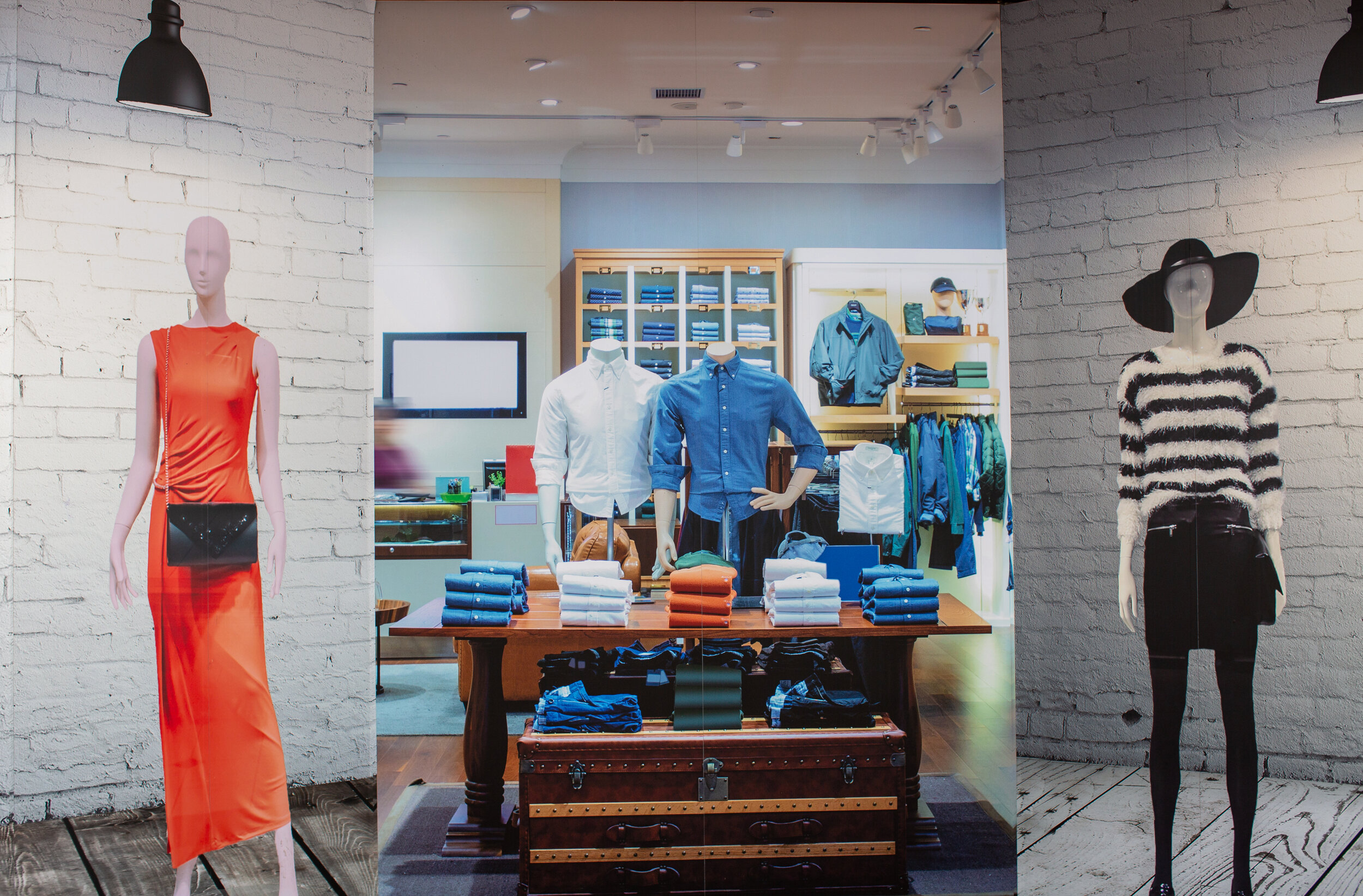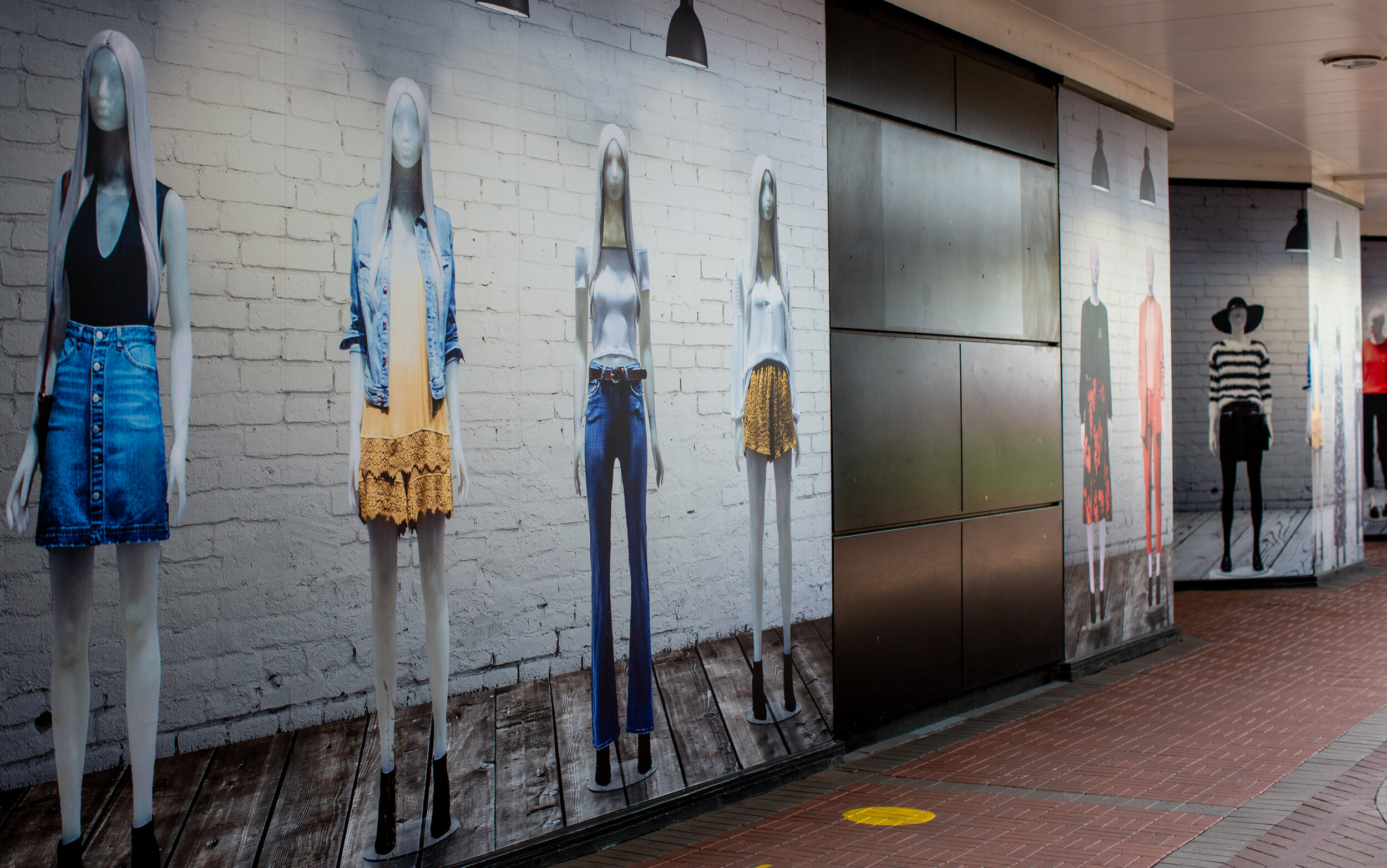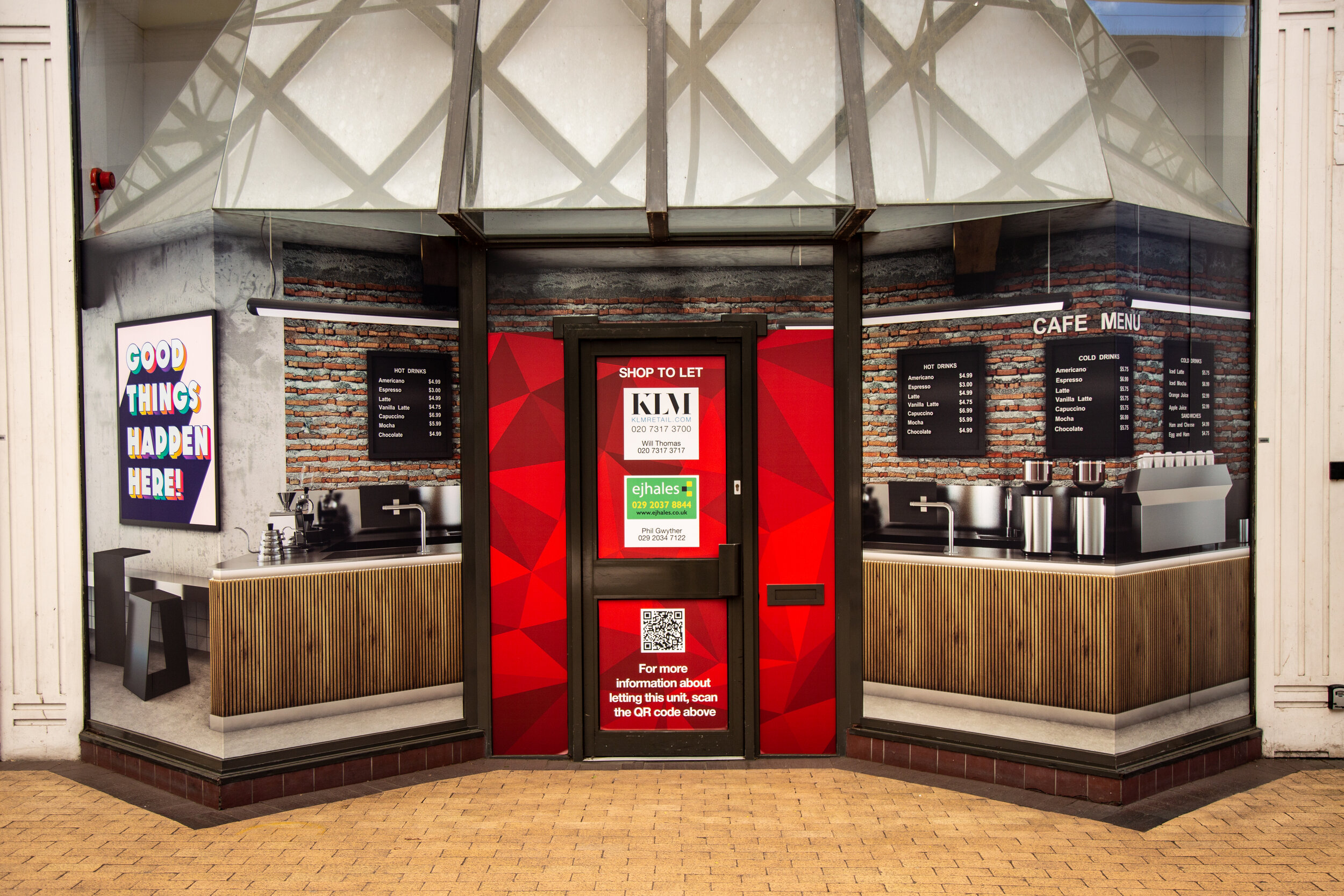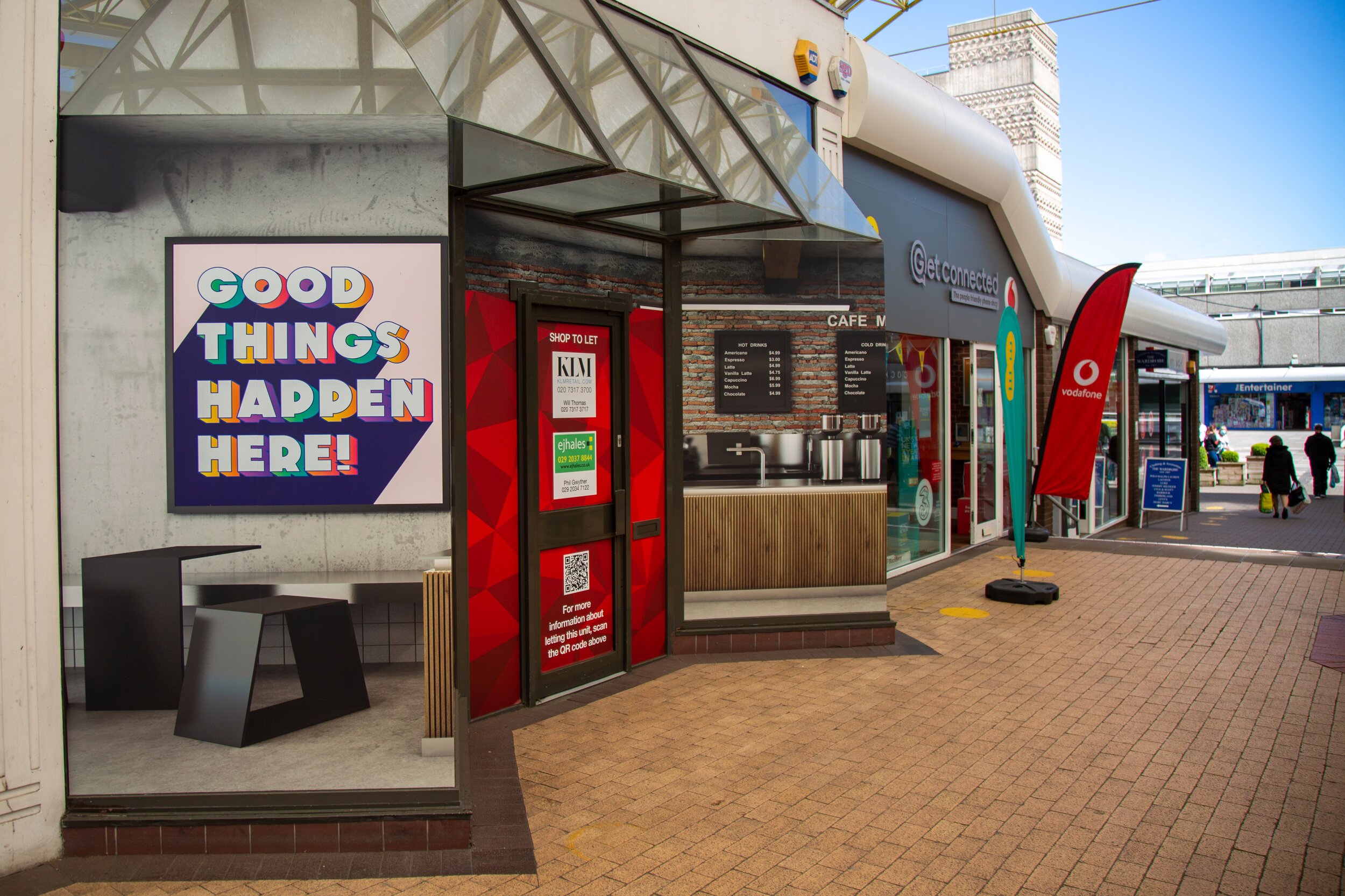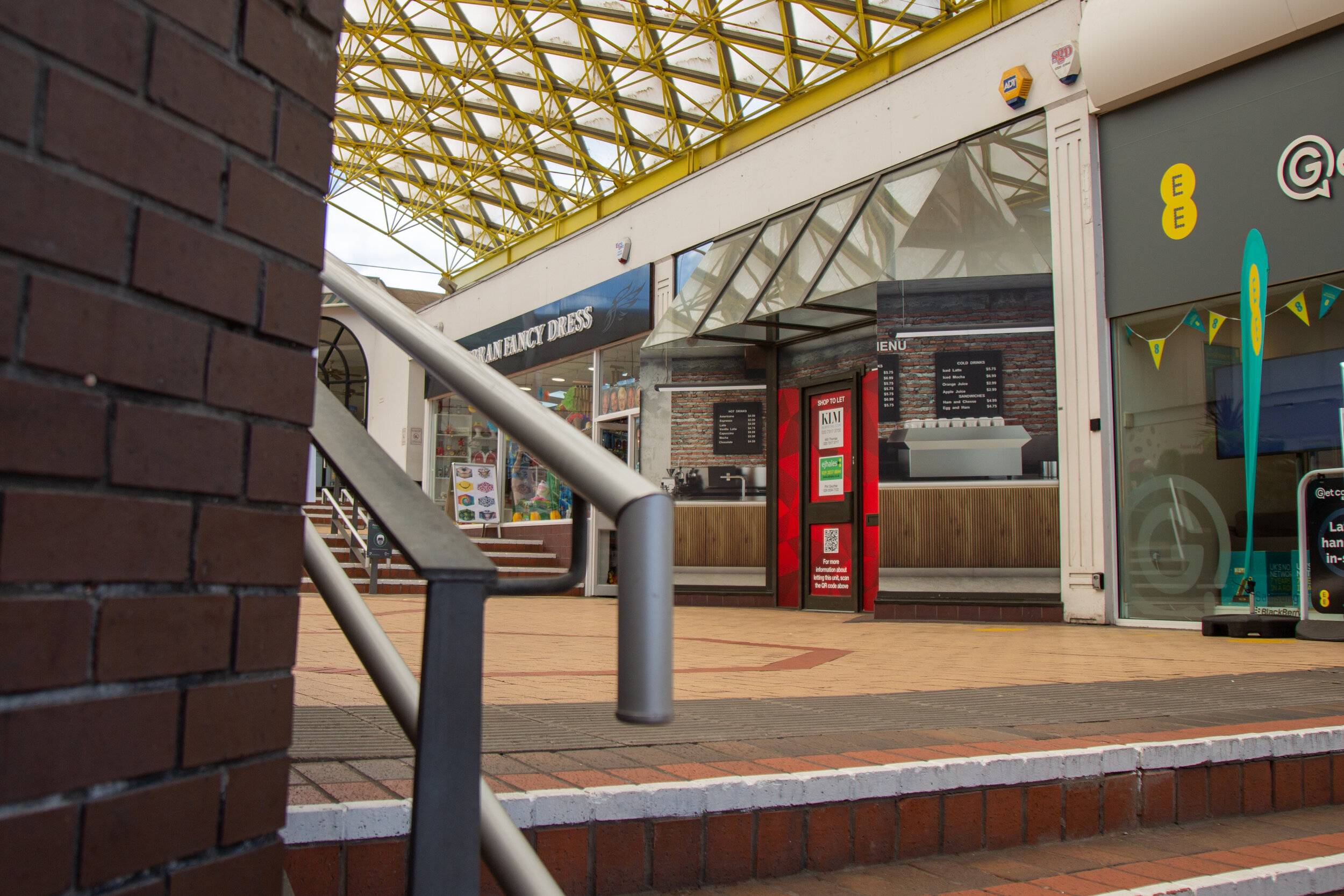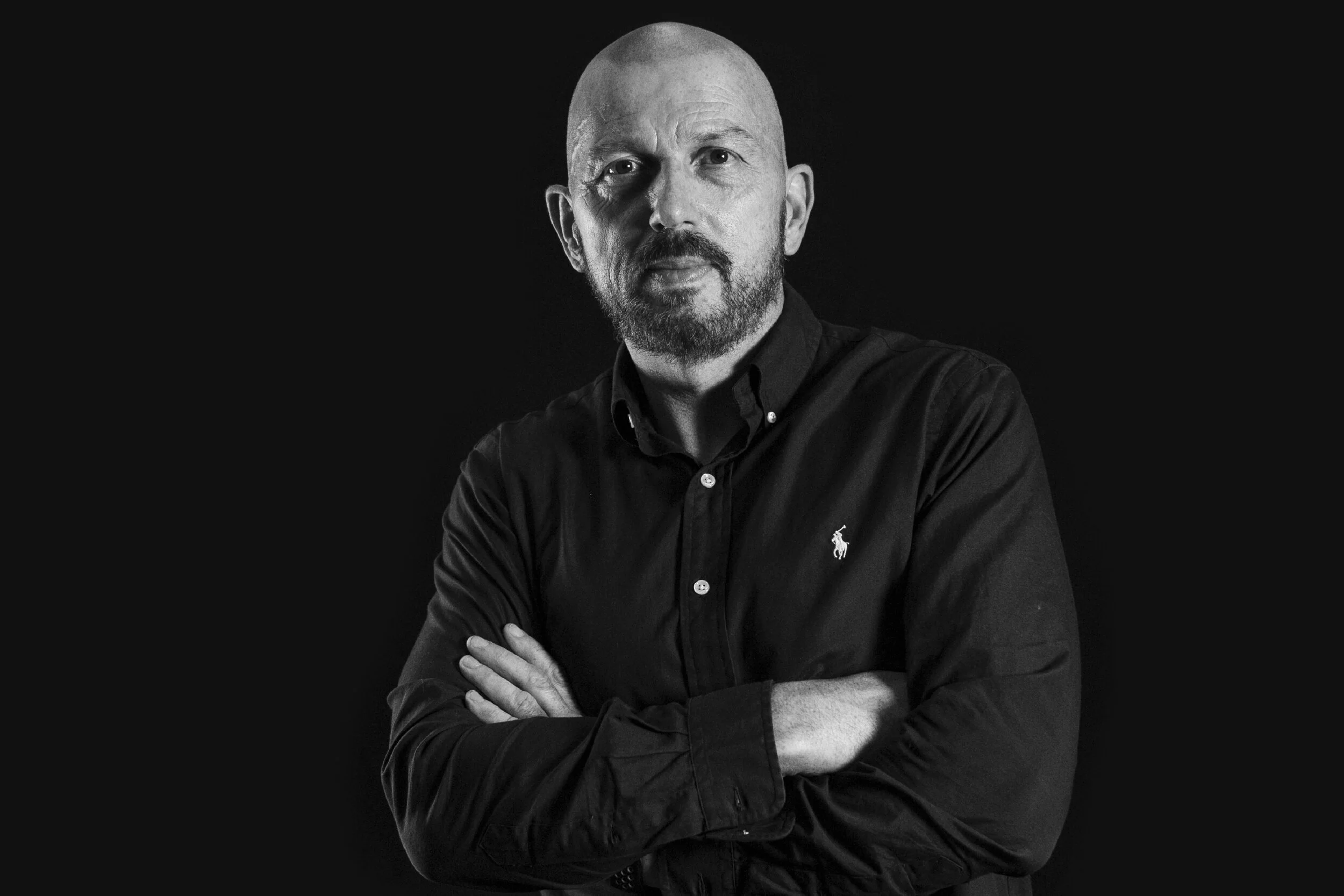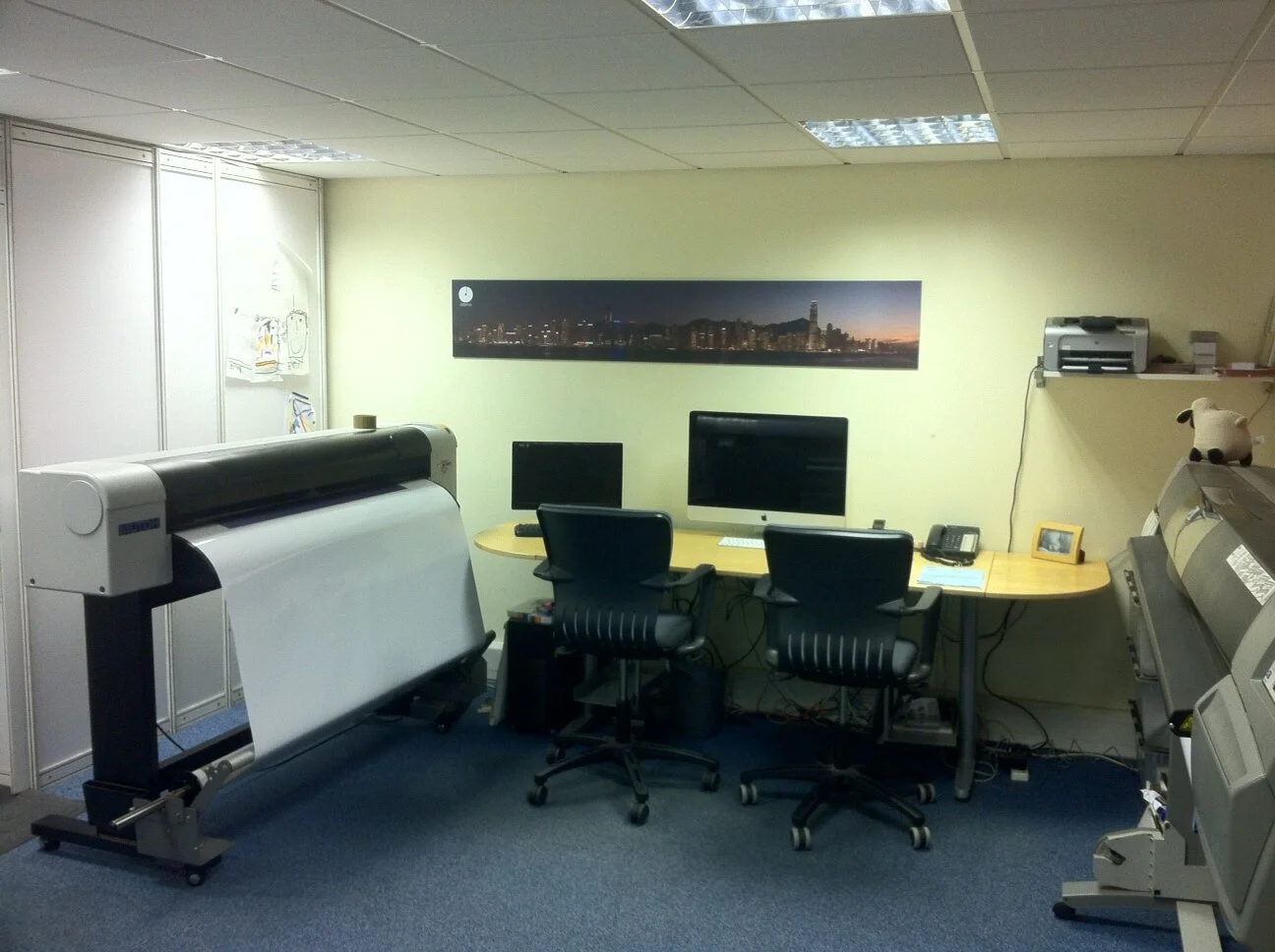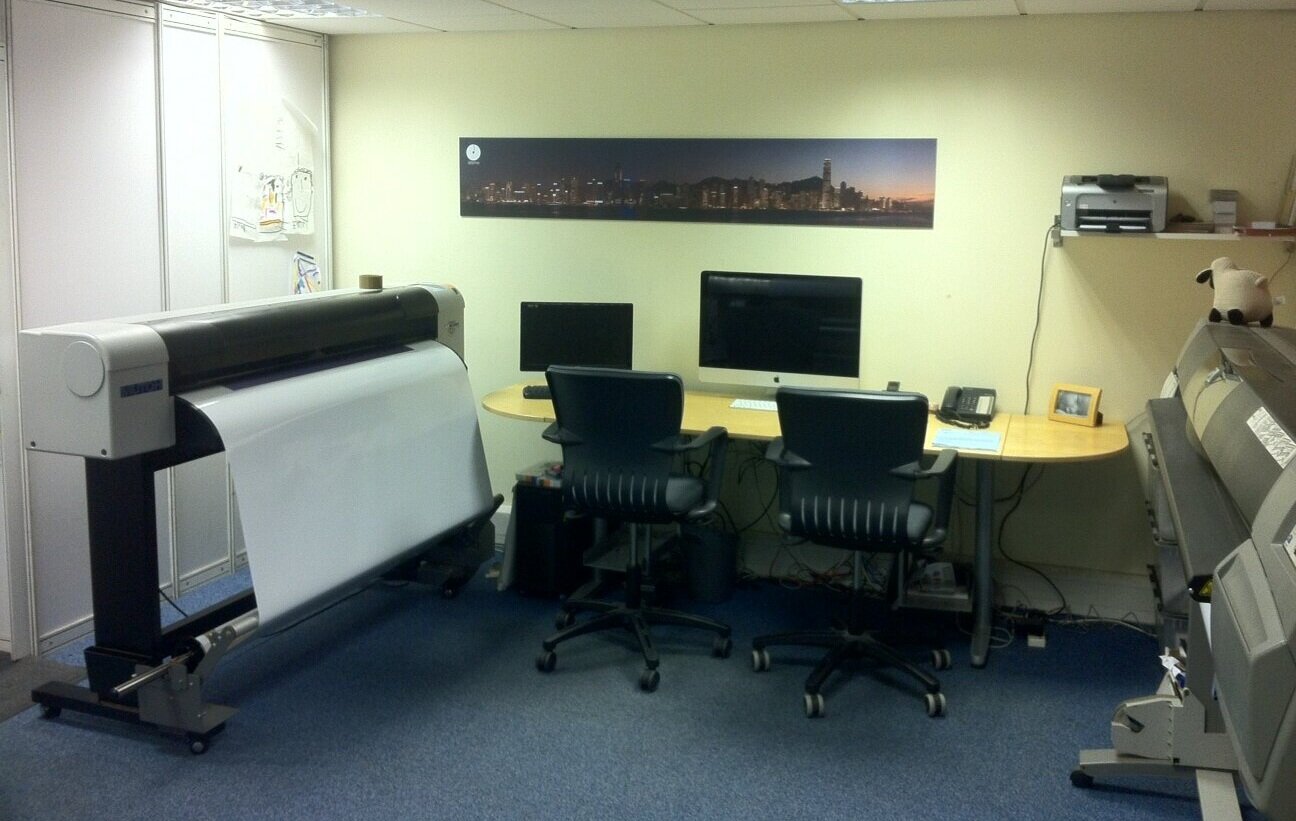‘Banners’ can be a catch-all term for something varied and highly effective both indoors and outdoors. But what exactly is a banner?
A banner is a sign made from cloth, plastic, or a similar lightweight, flexible material with a message printed onto the surface. It's a cost-effective and highly visible method of placing a brand or message in full view of the target audience and can play a key part in the branding of an event or space.
Location is a key factor in determining materials for banners. Solid PVC or fabric banners work well in most locations, but mesh banners are a better choice when there is a chance of high winds or even strong gusts. Mesh banners allow wind to pass through and reduce the loading on the mounting points. This makes them ideal for elevated locations such as scaffolding or construction sites, and a good option for use on traffic management barriers in pedestrian areas. The banner then becomes multi purpose, softening the pedestrian barrier to the eye, carrying branding and making wayfinding much easier.
Fabric and PVC banners can be used in places without direct mounting options, by tensioning them between existing structures. Fabric banners can be fitted with eyelets and pockets for poles to facilitate them being rigged correctly. Banners can be up to 5 meters wide in a single piece, and almost unlimited in length, so you have the opportunity to position your brand or message in the most visible space possible.
However, not every space you may see is available or appropriate for you to install a banner. You can't just rig your banner anywhere. Quite apart from the practical constraints, you also need to consider the legal requirements for your banner to be safe, suitable for public display, and rigged with all the necessary permissions from the owners of the land and the owners of any structures the banner may be attached to. You'll also want to be clear on the copyright status of any imagery or text printed onto your banner.
Once in situ you need to keep the advertising in good condition and looking tidy, and it must be kept safe at all times - no corners or edges being left unsecured, etc. When banners reach a certain size they may require planning consent so it is worthwhile understanding how and when those restrictions apply.
Rigging banners indoors will, of course, necessitate the permission of those in control of the building or space. There will be specific requirements for venues like exhibition and concert halls, and it may require the use of the venue’s own in-house rigging teams.
Once you have worked through the practicalities and legalities you are ready to deploy one of the most effective brand and communication tools available. Highly visible, almost unmissable, a good banner can achieve so much.
Here’s our quick guide to the most popular materials and their common uses:
PVC Banner 510
Suitability: internal & long term external use
Material: Smooth surface
Size: Available up to 5m wide
PVC Banner
Suitability: Internal & short term external use
Material: Smooth surface
Size: Available up to 5m wide
PVC Blockout
Suitability: Internal & external use
Material: Super smooth surface and excellent opacity
Size: Available up to 5m wide
Typical applications: Cafe banners and hanging displays
PVC Mesh Banner:
Suitability: Suitable for internal & short term external use
Material: Smooth, perforated surface
Size: Available up to 5m wide
Blockout Display Fabric:
Suitability: internal tension display systems non illuminated
Material: 100% polyester with good flatness and excellent opacity
Size: Available up to 5m wide
Typical applications: Wall wraps, backdrops and theatrical
Flexface:
Suitability: producing 'Flexface Skins" internal and external
Material: PVC Double coated high tenacity polyester
Size: Available up to 5m wide
Typical applications: Illuminated fascia signs and exhibition displays
For the full range of materials and uses - check out our materials guide https://www.ottimodigital.co.uk/our-materials


